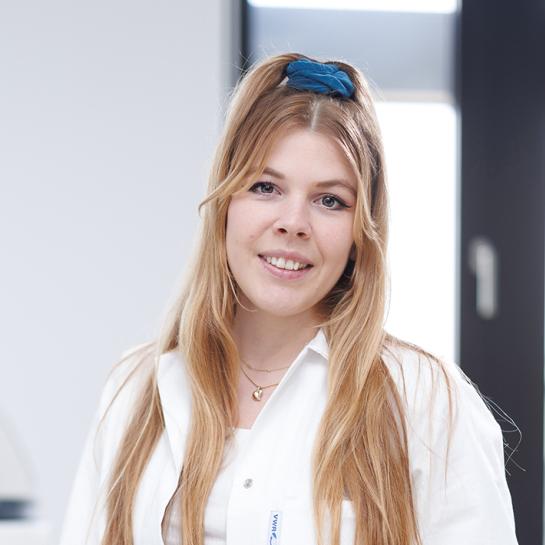
Dr. Emese Vegh
Biography
Now post-doctoral researcher at the University of Vienna, in the department of Evolutionary Anthropology.
I joined the AMGC at VUB in April 2023 as a FWO postdoctoral research fellow to work on the structural and chemical alterations to the bone through taphonomy/diagenesis and burning to help understand funerary rites in archaeology. This work builds on my DPhil thesis at the University of Oxford, which focused on the diagenesis and thermal stability of bioapatite, bone microbial bioerosion, molecular structure and composition, and biomechanical response of taphonomic bone.
I have recently completed a postdoc in ZooMS and Palaeoproteomics on the ERC Finder project at the University of Vienna, developing an algorithm for automated species identification from MALDI-ToF-MS spectra. Previous to that I worked in radiocarbon dating both at the University of Vienna and at the Oxford Radiocarbon Accelerator Unit, University of Oxford. I am also currently an Early Career Researcher at the University of Oxford. Presently I am very interested in the environmental- and age-induced degradation of both the organic (collagenous-, and non-collagenous proteins) and inorganic phases of bone and the interaction between the two fractions, both in a human evolutionary context and in later prehistory, as well as the use of fire in archaeology.
I particularly enjoy data analyses, multivariate statistics, and modeling in Python to find new ways of solving archaeological research questions.
Project summary
Cremation was one of the dominant funerary rites before the rise of Christianity in Europe. Thus, in many prehistoric assemblages the treatment of the dead prior to cremation is invisible to archaeologists, due to the drastic series of changes bone goes through when heated. Many archaeologists propose the presence of excarnation before cremation in Neolithic, Bronze, and Iron Age Europe, mostly based on macroscopic observations, such as heat-induced fracturing, and modern analogues in SE Asia. This work aims to determine the time between death and cremation by studying the diagenetic changes bone goes through in different environments and the thermal stability of bioapatite. Previous work by the researcher identified a trace element [potassium(K)] in bone from the extracellular fluid that steadily decreases through decomposition and survives burning. By examining the presence of K in bone, I hope to identify the time elapsed since death, possibly down to a few months. Novel analytical methods are used to study the structural and chemical changes to bone during diagenesis and burning, comparing archaeological samples to synthetic apatite with common 'real' substitutions. The results of this study would confirm the existence of the debated post-processing of the dead prior to cremation and allow the identification of the spatial dispersion, variations and possibly the origin of these pre-cremation practices.
Keywords
Bone, Diagenesis, Archaeological Science, Elemental concentration, LA-ICP-MS, EMPA, cremation
